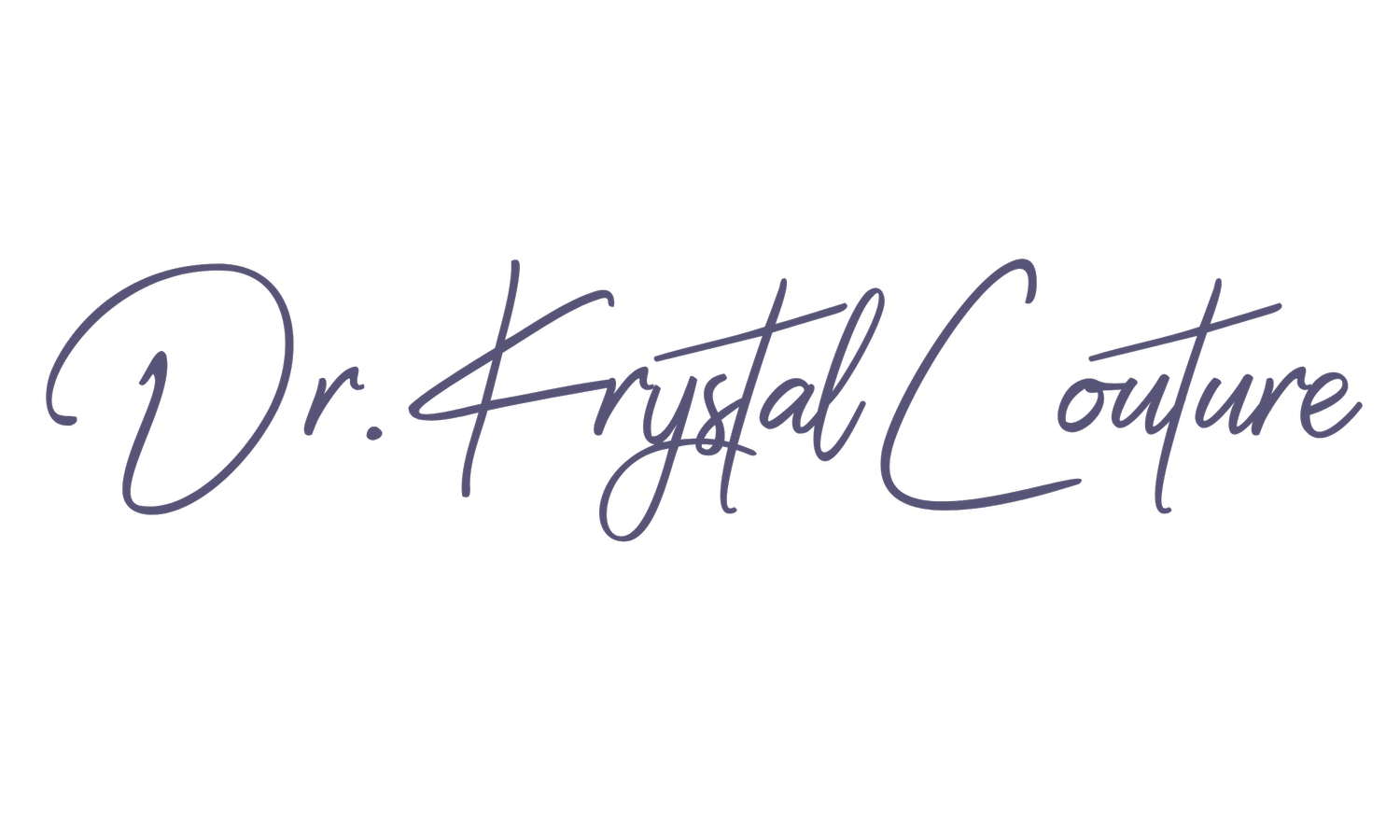Chinese Medicine and Pelvic Vitality!
In Traditional Chinese Medicine the pelvis houses vital organs and plays a significant role in the body's overall balance and Qi flow. The TCM perspective on the pelvis is deeply rooted in the principles of Yin and Yang, the Five Elements, and the flow of Qi through the meridians of the body.
Here are some of the foundational concepts in Chinese Medicine that govern the way that acupuncturists think about the pelvis:
Yin and Yang: Yin and Yang are the dark and light, feminine and masculine, night and day. One cannot exist without the other and each contains the other. TCM views the pelvis as a region where the balance between Yin and Yang energies is crucial. The 2 Kidneys, considered the foundation of Yin and Yang, is closely associated with the pelvis. Imbalances in Yin and Yang in the kidneys or more generally in the pelvis can manifest as various health conditions, such as fertility issues or pelvic pain.
5 Elements: Building on Yin and Yang, the Five Elements in Chinese Medicine, Wood, Fire, Earth, Metal, and Water, represent nature’s seasons and cycles of creation and destruction or control. The elements contain components of yin and yang and are held within the meridian system and organ systems. The pelvic girdle has components of all 5 elements held within its physical and energetic structure.
Meridian System: The Conception Vessel, Kidney, Stomach, Spleen and Liver run through the anterior pelvis. The Governing Vessel and Bladder channels run through the posterior pelvis. The Gall Bladder meridian runs on the lateral aspects of the pelvis. These meridians play essential and unique roles in regulating reproductive functions, supporting the musculoskeletal system, and maintaining the balance of Yin / Yang and Elemental energies. Beyond the superficial meridians are the deep channels, divergences and extraordinary vessels.
Organ Systems: The pelvis is home to several important organ systems, including the reproductive organs, kidneys, the urinary bladder, and the lower part of the digestive system. TCM considers the organ function itself and its role in the body kingdom. For instance, the Bladder. The ancient Chinese text, the Su Wen states that the bladder stores and conserves for the interior; that which is below directs and controls the whole. Within The Yellow Emperor, the Bladder is described as the magistrate of a region or district, storing the overflow and the fluid secretions which serve to rejuvenate vaporization. In ancient China, the man who controlled the waterways, controlled the country. While the general function of the organ is the same in Chinese and Western medicine, Chinese medicine translates the function from organ specific to whole body.
Qi and Blood Flow: When needles are inserted into the body, they create a small inflammatory response in the local tissues and in the point stimulated. Because the point is connected to other points, the entire meridian is stimulated. This means that Qi begins to flow. According to Chinese Medicine Blood follows Qi. The pelvis is an important center for maintaining proper Qi and blood circulation.
Storage of Jing: Jing is a concept in TCM associated with the essence of life and reproduction. Jing is one of the three treasures (Shen, Qi and Jing). Jing is essential our vitality. It is a limited resource that must be conserved and utilized with attention and awareness. The Kidneys are believed to store Jing, and the pelvis is seen as a reservoir of this vital essence. Proper care of the pelvis is essential for preserving and nurturing Jing.
Lower Tan Tien: TCM practitioners often reference the Lower Tan Tien, an energy center or elixir field located in the lower abdomen, which includes the pelvic region. This concept arises from taoism and qi gong. Balancing the energy in the Lower Tan Tien is considered fundamental for overall vitality and health of the pelvis. Some liken the Lower Tan Tien to a combo of the root and sacral chakras.
Emotional and Energetic Aspects: TCM recognizes the emotional and energetic aspects of health, and the pelvis is associated with emotions such as fear and anxiety. Emotional imbalances in this area may contribute to conditions like pelvic tension or pain. We have a channel in Chinese Medicine called the Bao Mai. The Bao Mai is the Heart Womb Connection and is how we explain why emotional stress impacts reproductive health. Each month blood flows from the heart to the uterus. Essentially, this means that when the heart is hurting in some way, this channel carries that hurt or imbalance to the uterus and often the uterus is the one showing symptoms. So the heart may be the root cause of some of our menstrual, menopausal and fertility issues.
Acupuncturists evaluate all of this information and create a diagnosis based on these foundations, your tongue and your pulse and then begin treatment. The pelvis is a vital and interconnected part of the body in Traditional Chinese Medicine, influencing both physical and energetic aspects of health. TCM aims to restore balance, harmonize Qi flow, and address imbalances in Yin and Yang energies to promote overall well-being in the pelvic region. The best part is that often, not only will your pelvic symptoms improve, but so will the symptoms in the rest of your body!

